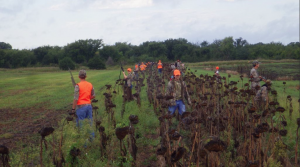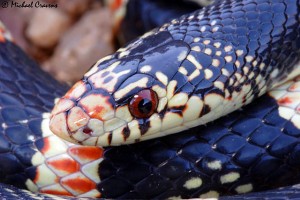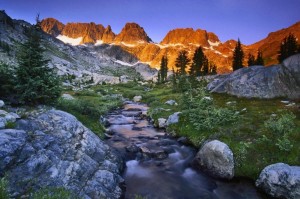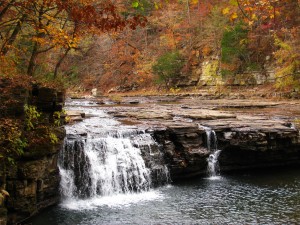Youth Dove Hunt 2014, Clinton WMA, Kansas
By D.M. Zumbaugh
A glorious morning was born on September 1, 2014, enabling a successful and SAFEdove hunt for boys and girls in eastern Kansas. The event, sponsored by the Jayhawk Chapter of the Quail and Upland Wildlife Federation, organized by member Dr. John Hill and also the Kansas Department of Wildlife, Parks and Tourism’s, Jason Tarwater, has been a popular affair for eight years. Although rain had blessed the area the previous night, storms dissipated allowing participants a cool and overcast sky in which to track mourning doves. Most hunters bagged birds and some actually shot limits of 15 of the pale gray, flying acrobats. A few kids were proud to announce that they had harvested their first dove!
By late morning the sun had melted most of the clouds, brightening up the day and increasing temperatures to the point where partakers were peeling off jackets. The flights had tapered off and the 52 participants began to depart with their quarry. A demonstration on how to field dress birds for the table commenced and some reported later that they had fresh game dinners!
I was attending as a mentor and to enlist my German wirehaired pointer, Mota, do the retrieving chores. There were a few other bird dogs present and few shot birds were lost. Mota had 23 retrieves and shook the rust off her physique and put her proficient nose back in practice. She only collected 16 burrs in the process!





